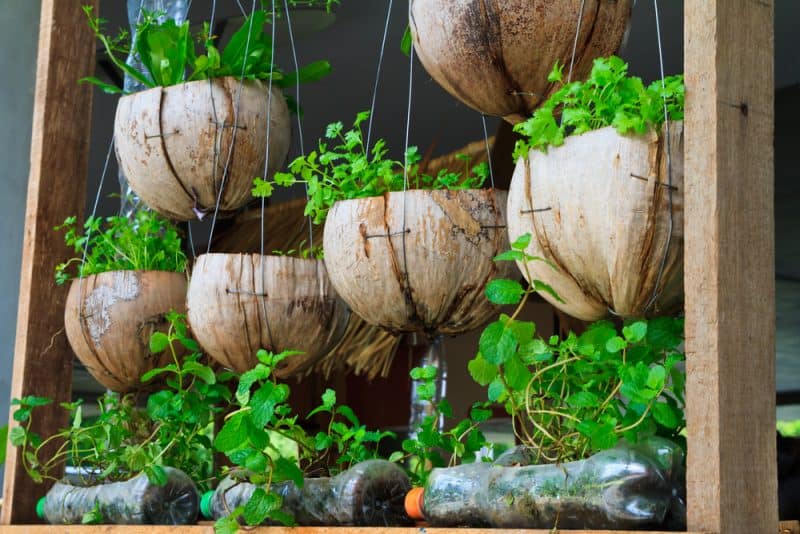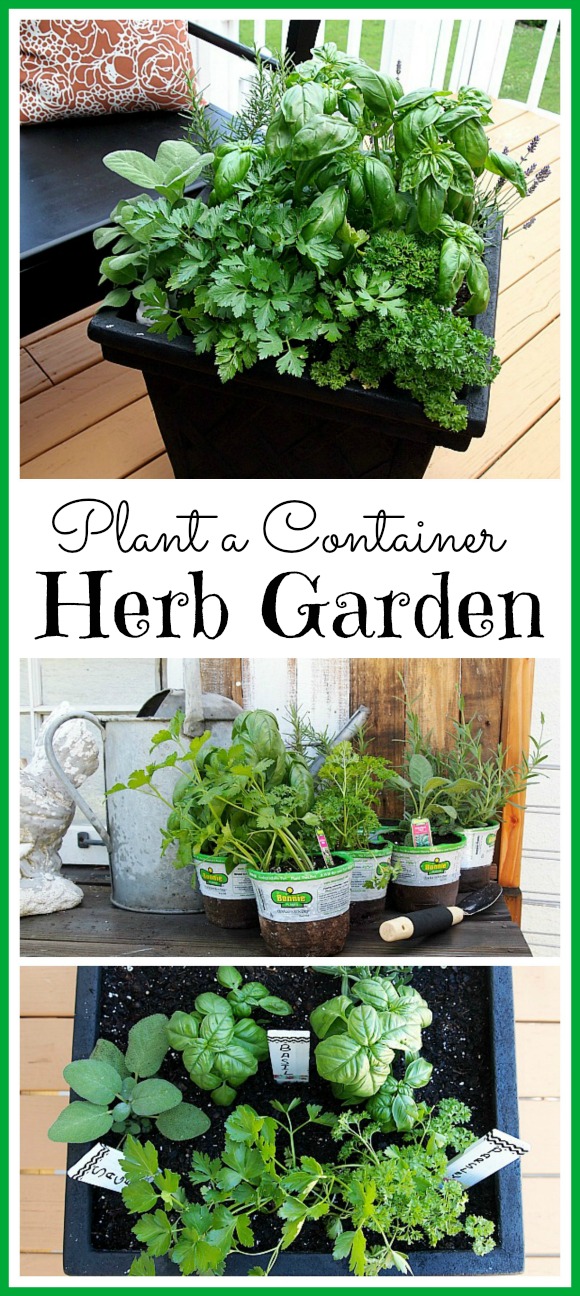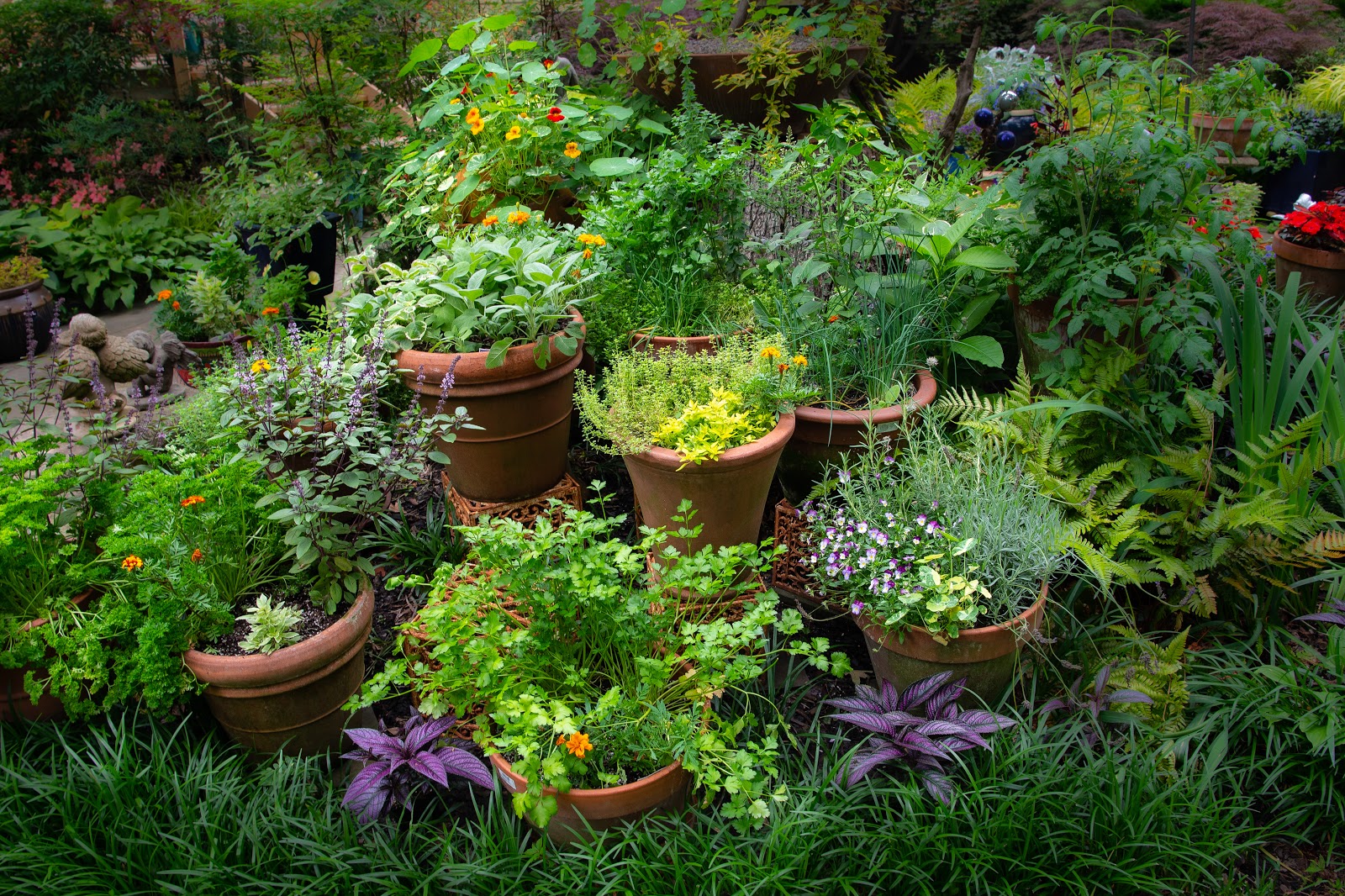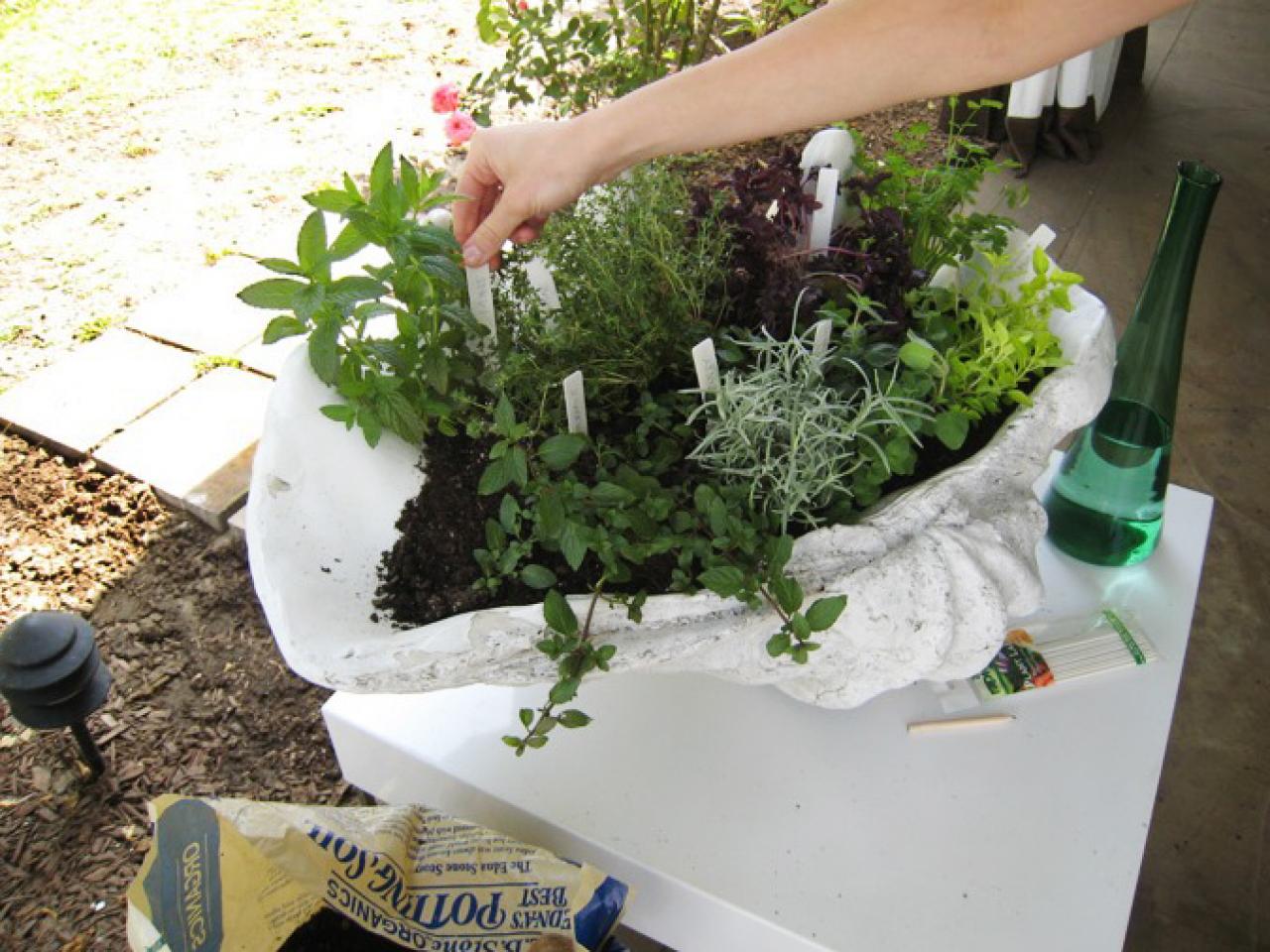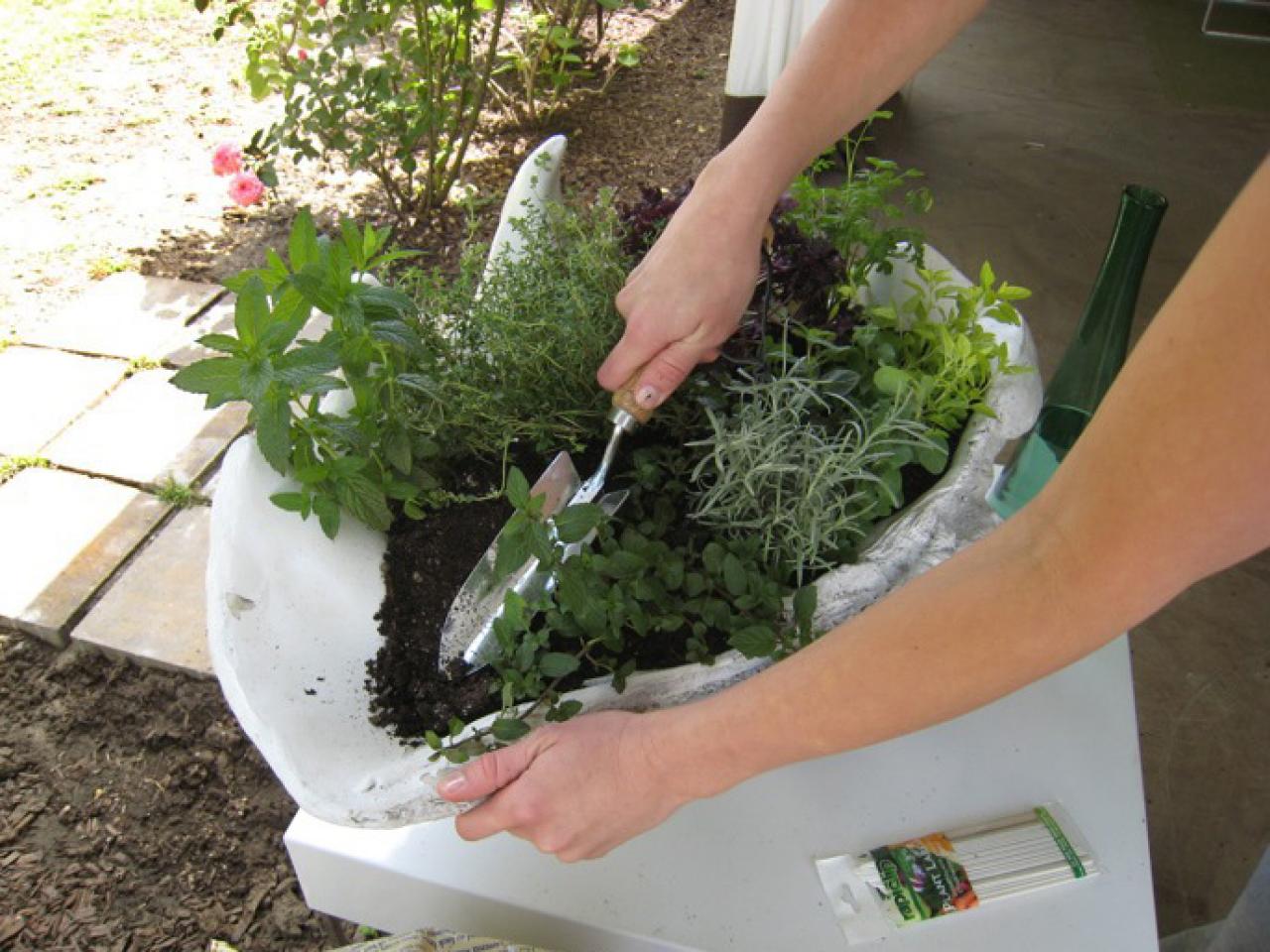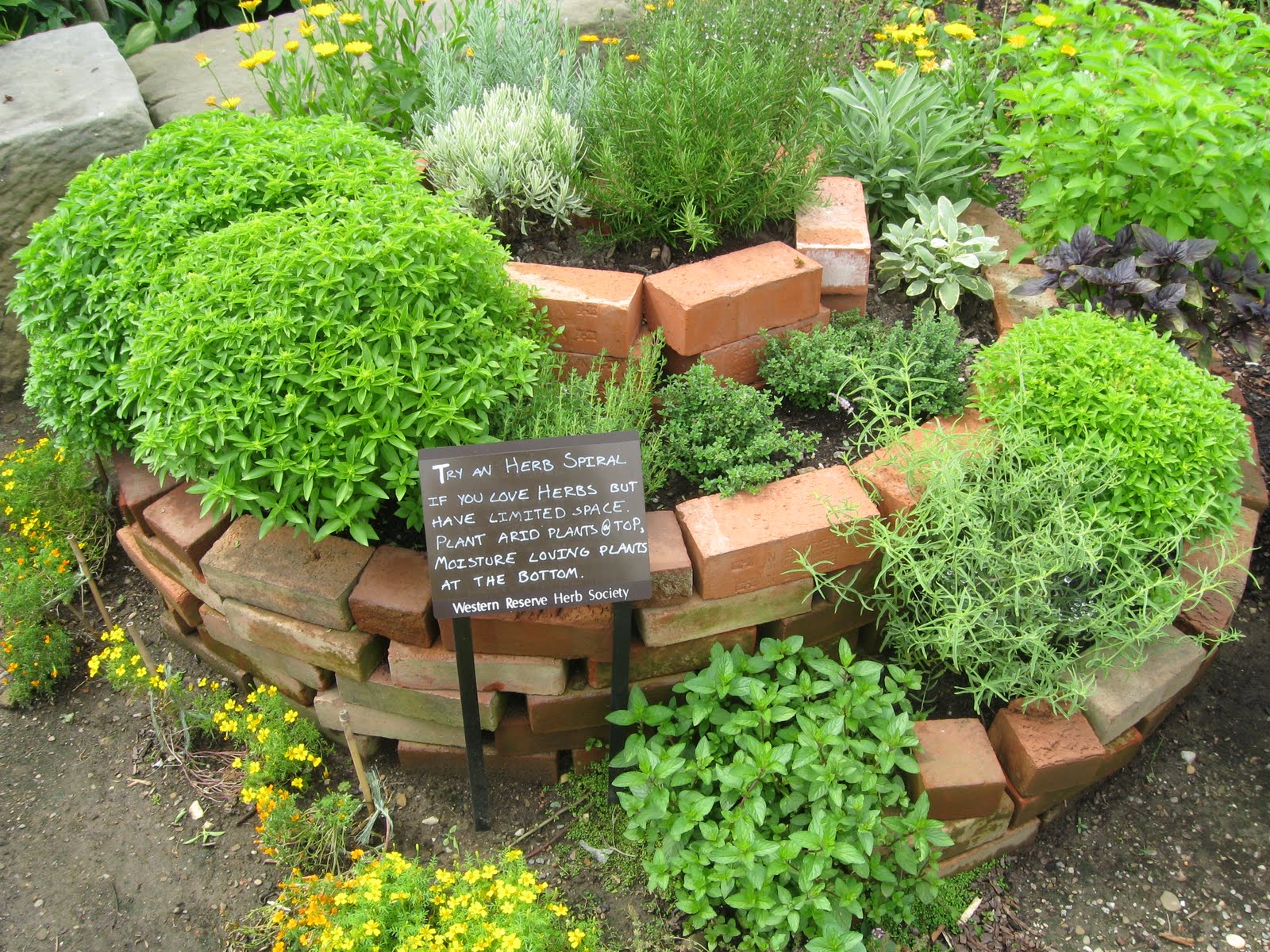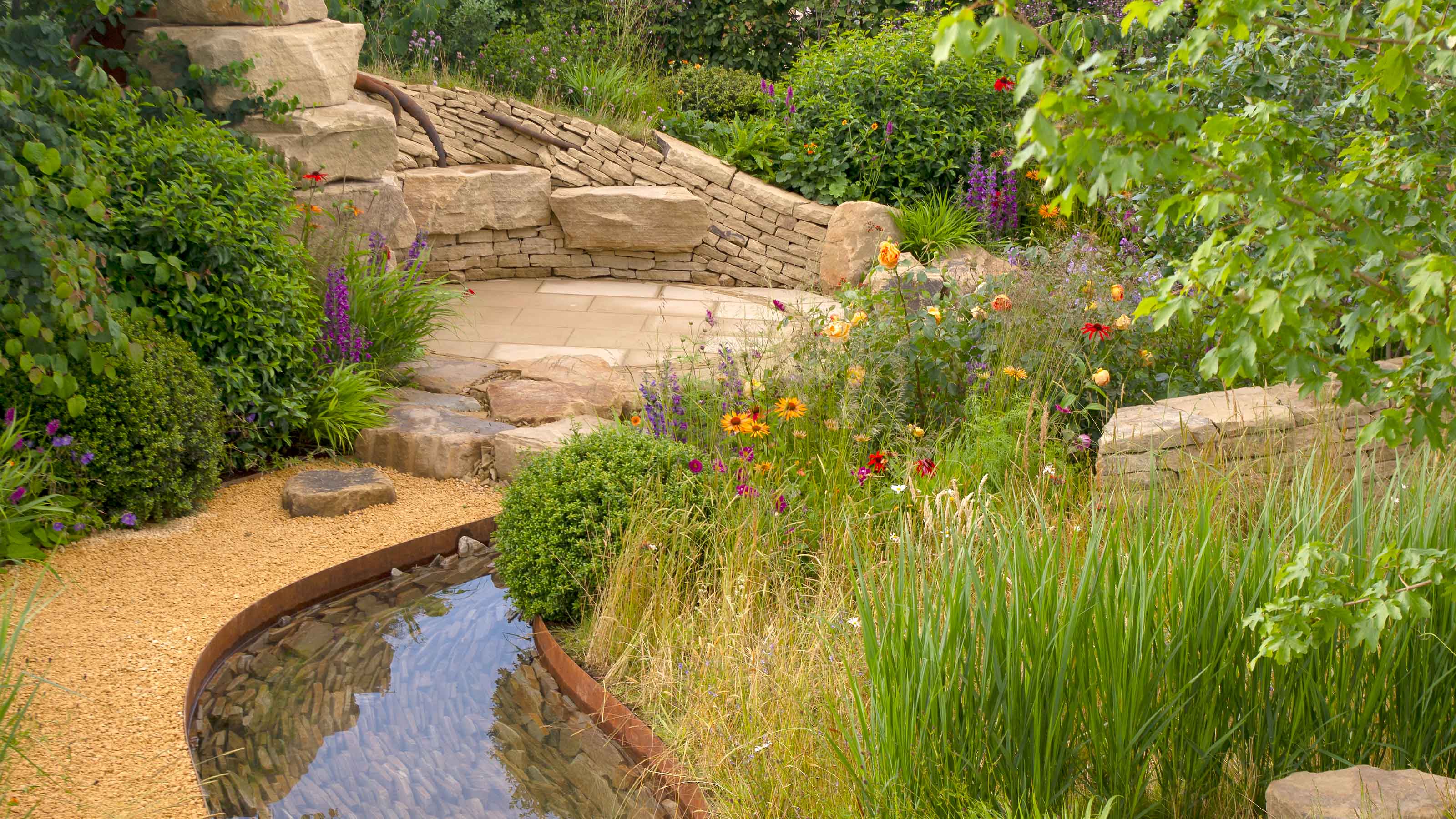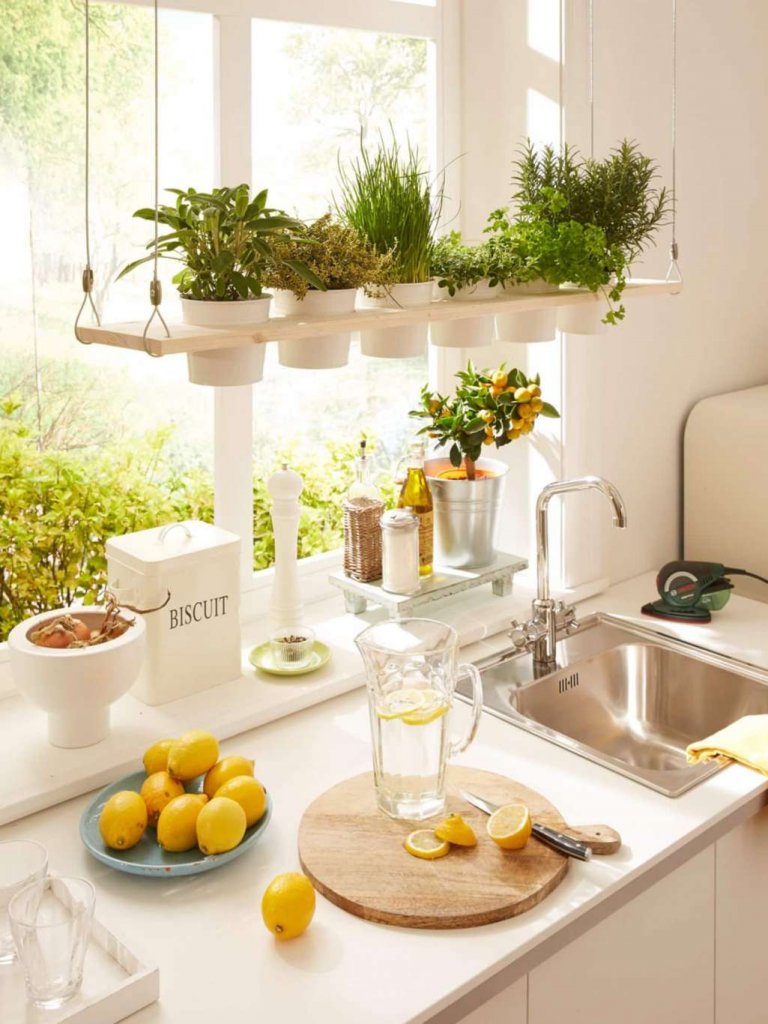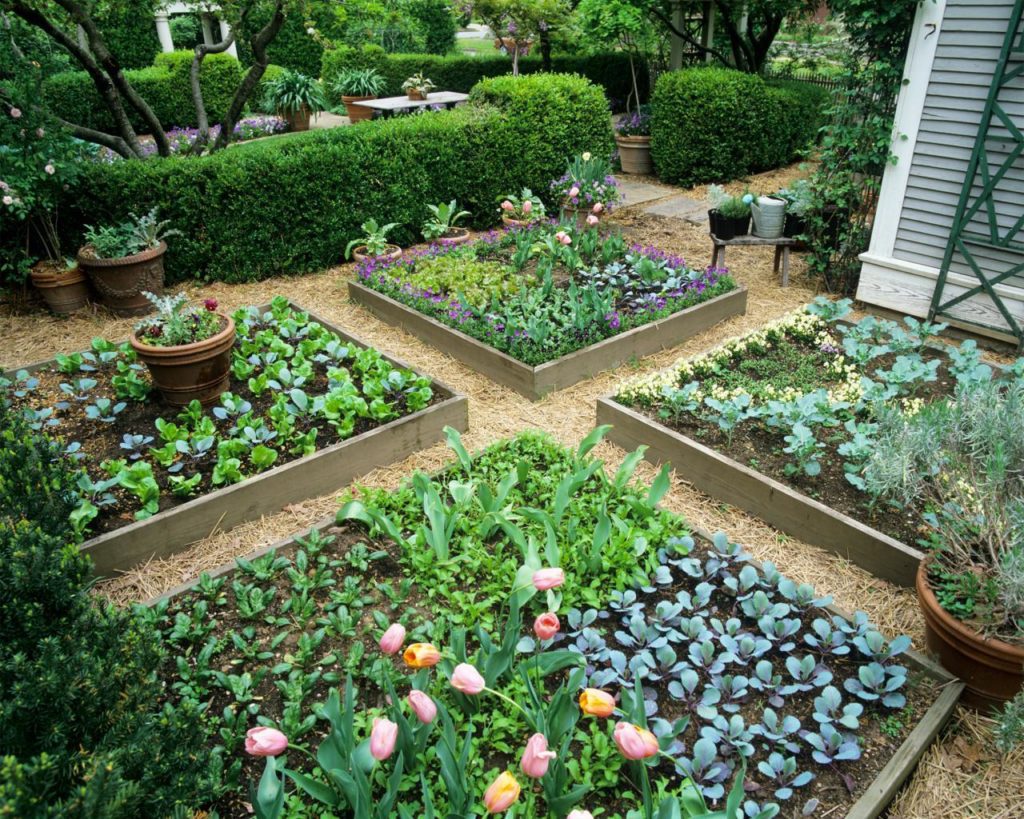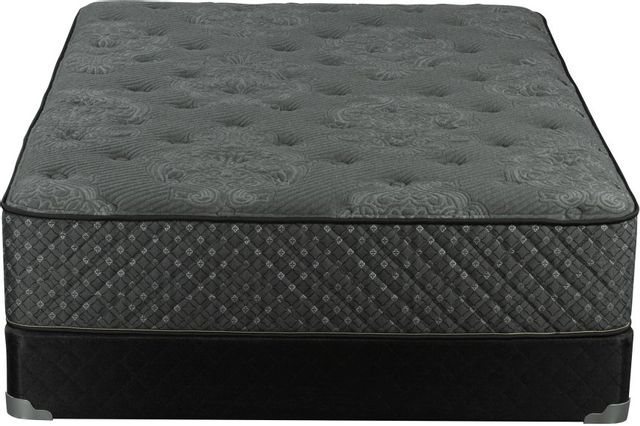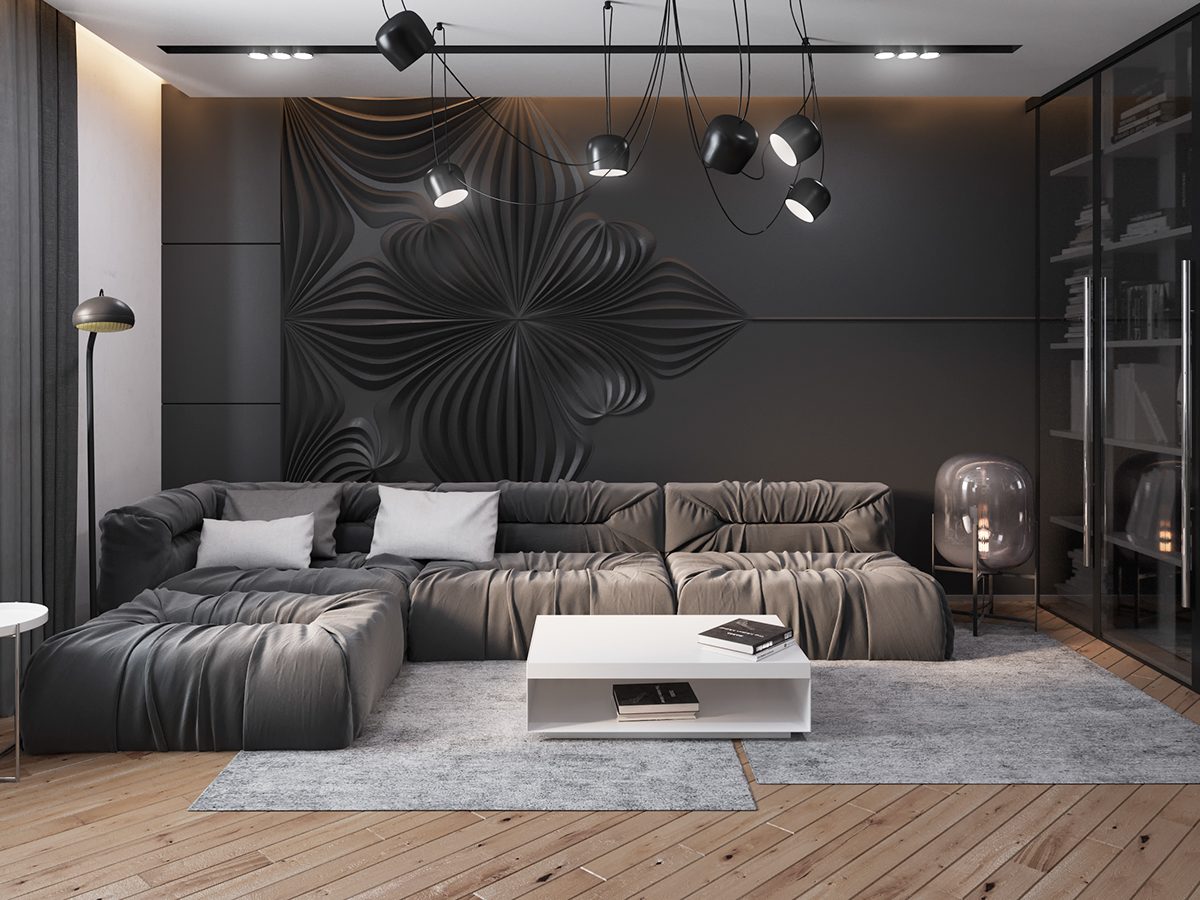If you have a small kitchen and want to make the most of your space, a vertical herb garden is the perfect solution. It allows you to grow a variety of herbs without taking up valuable counter or floor space. One idea is to use a hanging shoe organizer and fill each pocket with soil and your favorite herbs. Hang it on a wall or the back of a door for easy access. You can also create a vertical garden with a wooden pallet, attaching small pots to the slats for a unique and functional piece of wall art.1. Vertical Herb Garden Ideas for Small Spaces
Why settle for a basic herb garden when you can get creative and add some unique elements to your design? For example, you can repurpose old tin cans or mason jars by painting them and using them as planters for your herbs. Another idea is to use a wooden ladder as a vertical garden, with each rung holding a different herb. You can even incorporate your herbs into other kitchen decor, such as using them as a centerpiece for your dining table.2. Creative Kitchen Herb Garden Designs
Creating your own herb garden doesn't have to be complicated or expensive. In fact, there are plenty of DIY ideas that are budget-friendly and easy to do. For starters, you can use recycled materials such as old pallets, tin cans, or even old drawers to make your herb garden. You can also repurpose household items like tea cups or mugs as planters. If you're feeling crafty, you can make your own plant markers using popsicle sticks or painted rocks.3. DIY Herb Garden Design Ideas
Just because you don't have a backyard or outdoor space doesn't mean you can't have a thriving herb garden. There are plenty of indoor herb garden ideas that are perfect for small spaces or apartments. For example, you can create a windowsill herb garden by using small pots or mason jars and lining them up on your windowsill. You can also use a tiered plant stand to maximize vertical space and grow a variety of herbs indoors.4. Indoor Kitchen Herb Garden Ideas
When it comes to herb gardens, size doesn't matter. Even if you have a tiny kitchen, you can still have a functional and beautiful herb garden. One layout idea for a small kitchen is to use a wall-mounted herb garden. You can also create a mini herb garden in a corner of your kitchen by using a tiered plant stand or small shelves. Another option is to use a hanging herb garden, which takes up no counter space at all.5. Small Kitchen Herb Garden Layouts
If you're new to gardening and want to start with herbs, there are plenty of easy and beginner-friendly designs to try. One idea is to use a raised bed garden, which allows you to control the soil and drainage for your herbs. You can also create a square foot garden, which divides your space into square sections for different herbs. Another option is to use a window box or hanging baskets for your herbs, which require minimal maintenance and are perfect for beginners.6. Herb Garden Design Ideas for Beginners
Hanging herb gardens not only look beautiful, but they also save space and add a unique touch to your kitchen. You can hang your herbs in a variety of ways, such as on a pegboard with hooks, from a tension rod, or on a wall-mounted metal basket. You can also create a hanging herb garden with mason jars or tin cans by attaching them to a wooden board with hooks or wire.7. Hanging Herb Garden Ideas for the Kitchen
Using containers for your herb garden is a great way to add some color and variety to your kitchen. You can use different sizes and styles of containers, such as terracotta pots, ceramic planters, or metal buckets. You can also mix and match containers for a unique look. To add some extra flair, paint the containers with bright colors or use stencils to create designs.8. Container Herb Garden Design Ideas
Even if you have limited space in your kitchen, there are still ways to incorporate a herb garden into your design. One idea is to use a vertical garden, whether it's a wall-mounted unit or a hanging garden. You can also use a small corner or unused space to create a mini herb garden with a few pots or a tiered stand. Another option is to use a windowsill or shelf for your herbs.9. Herb Garden Design Ideas for Limited Space
Living in an apartment doesn't mean you can't have a thriving herb garden. In fact, there are many creative ideas specifically designed for apartment kitchens. One idea is to use a vertical herb garden, whether it's a hanging unit or a wall-mounted one. You can also use window boxes or hanging baskets to grow your herbs. Another option is to use a countertop herb garden, which is a compact and convenient way to have fresh herbs at your fingertips.10. Herb Garden Design Ideas for Apartment Kitchens
Designing Your Perfect Kitchen Herb Garden

Choosing the Right Location
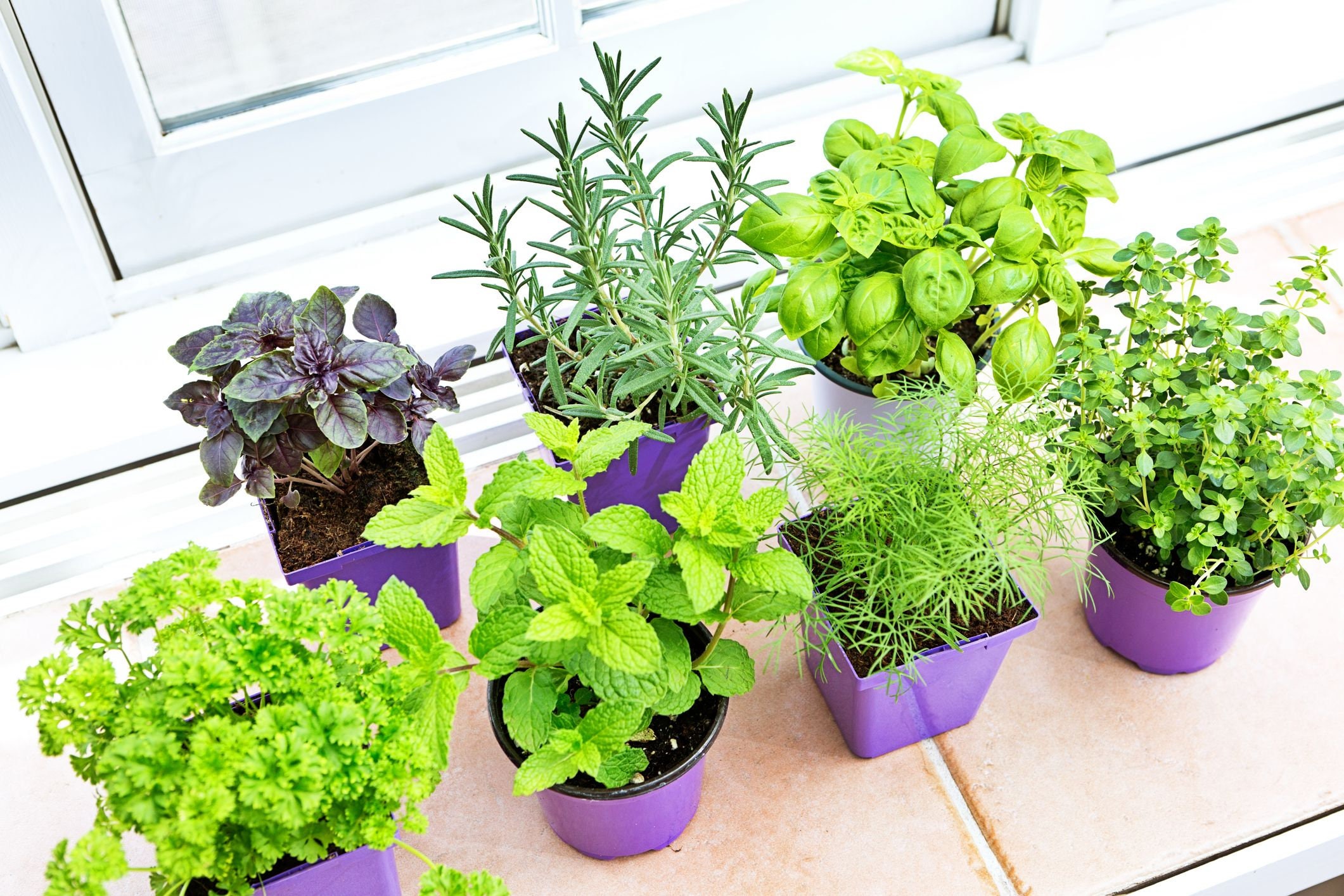 When it comes to designing a kitchen herb garden, one of the most important factors to consider is the location.
Choosing the right spot for your herbs is crucial for their growth and overall health.
Most herbs require at least 6 hours of sunlight per day, so it's important to find a spot in your kitchen that receives adequate natural light.
South-facing windows are typically the best option, as they provide the most sunlight throughout the day.
If your kitchen doesn't have any windows or natural light, don't worry – you can still grow herbs using artificial lighting.
Just make sure to invest in full-spectrum grow lights to mimic natural sunlight.
When it comes to designing a kitchen herb garden, one of the most important factors to consider is the location.
Choosing the right spot for your herbs is crucial for their growth and overall health.
Most herbs require at least 6 hours of sunlight per day, so it's important to find a spot in your kitchen that receives adequate natural light.
South-facing windows are typically the best option, as they provide the most sunlight throughout the day.
If your kitchen doesn't have any windows or natural light, don't worry – you can still grow herbs using artificial lighting.
Just make sure to invest in full-spectrum grow lights to mimic natural sunlight.
Deciding on the Layout
 When designing your kitchen herb garden, it's important to think about the layout and organization of your herbs.
Consider grouping herbs together based on their needs, such as those that require more water or those that prefer drier soil.
This will make it easier for you to care for your herbs and ensure that they are getting the appropriate amount of water and sunlight.
You can also get creative with the layout by incorporating different levels or using unique containers for your herbs.
Hanging planters, wall-mounted shelves, and herb towers are all great options for adding visual interest to your kitchen herb garden.
When designing your kitchen herb garden, it's important to think about the layout and organization of your herbs.
Consider grouping herbs together based on their needs, such as those that require more water or those that prefer drier soil.
This will make it easier for you to care for your herbs and ensure that they are getting the appropriate amount of water and sunlight.
You can also get creative with the layout by incorporating different levels or using unique containers for your herbs.
Hanging planters, wall-mounted shelves, and herb towers are all great options for adding visual interest to your kitchen herb garden.
Choosing the Right Containers
 The right containers are essential for a successful kitchen herb garden.
The type of container you choose will depend on the type of herbs you are growing and the amount of space you have available. If you have limited space, consider using hanging planters or small pots that can be placed on window sills or shelves.
Make sure the containers have proper drainage to prevent overwatering and root rot.
You can also get creative with your containers by using repurposed items like mason jars, tin cans, or even old teapots.
Just make sure to drill holes in the bottom for drainage if necessary.
The right containers are essential for a successful kitchen herb garden.
The type of container you choose will depend on the type of herbs you are growing and the amount of space you have available. If you have limited space, consider using hanging planters or small pots that can be placed on window sills or shelves.
Make sure the containers have proper drainage to prevent overwatering and root rot.
You can also get creative with your containers by using repurposed items like mason jars, tin cans, or even old teapots.
Just make sure to drill holes in the bottom for drainage if necessary.
Maintaining Your Kitchen Herb Garden
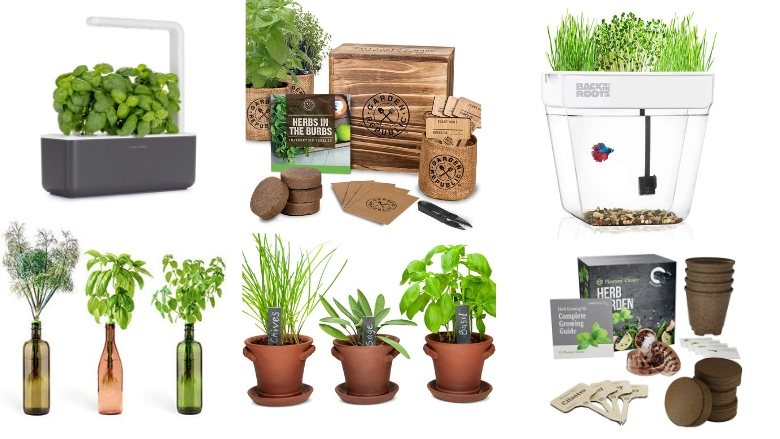 Proper maintenance is key to keeping your kitchen herb garden thriving.
Regularly check the soil moisture and water accordingly, making sure not to overwater.
Trim back any dead or yellowing leaves to promote new growth.
Consider fertilizing your herbs every few weeks with a gentle, all-purpose fertilizer.
And don't forget to rotate your herbs every so often to ensure they are getting equal amounts of sunlight.
With proper care and maintenance, your kitchen herb garden will not only add beauty to your home but also provide you with fresh, flavorful herbs to enhance your cooking.
Proper maintenance is key to keeping your kitchen herb garden thriving.
Regularly check the soil moisture and water accordingly, making sure not to overwater.
Trim back any dead or yellowing leaves to promote new growth.
Consider fertilizing your herbs every few weeks with a gentle, all-purpose fertilizer.
And don't forget to rotate your herbs every so often to ensure they are getting equal amounts of sunlight.
With proper care and maintenance, your kitchen herb garden will not only add beauty to your home but also provide you with fresh, flavorful herbs to enhance your cooking.



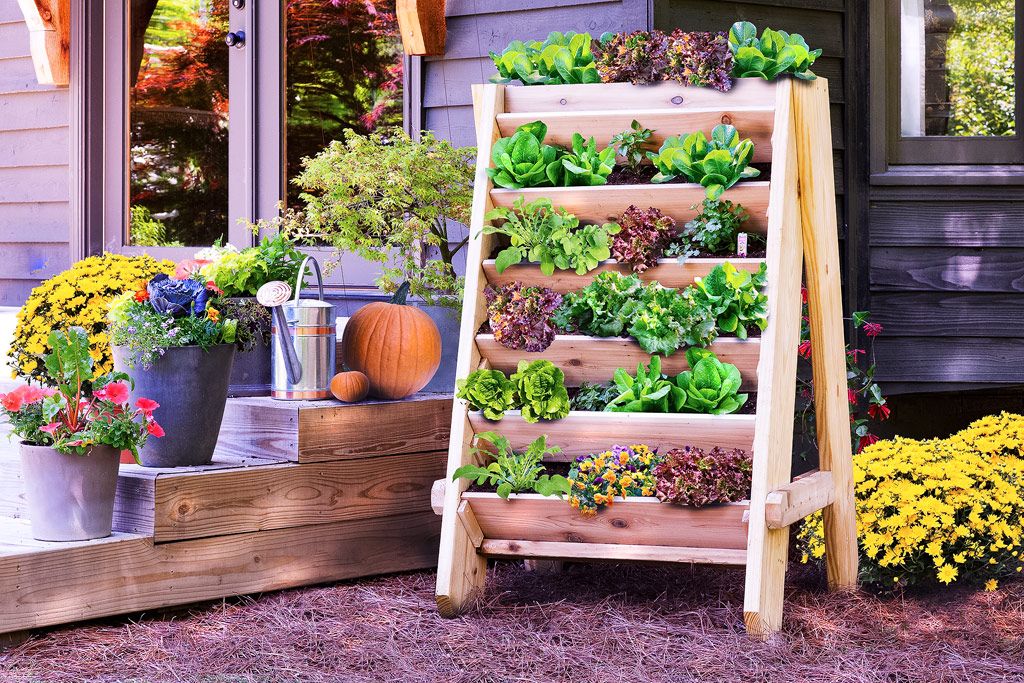
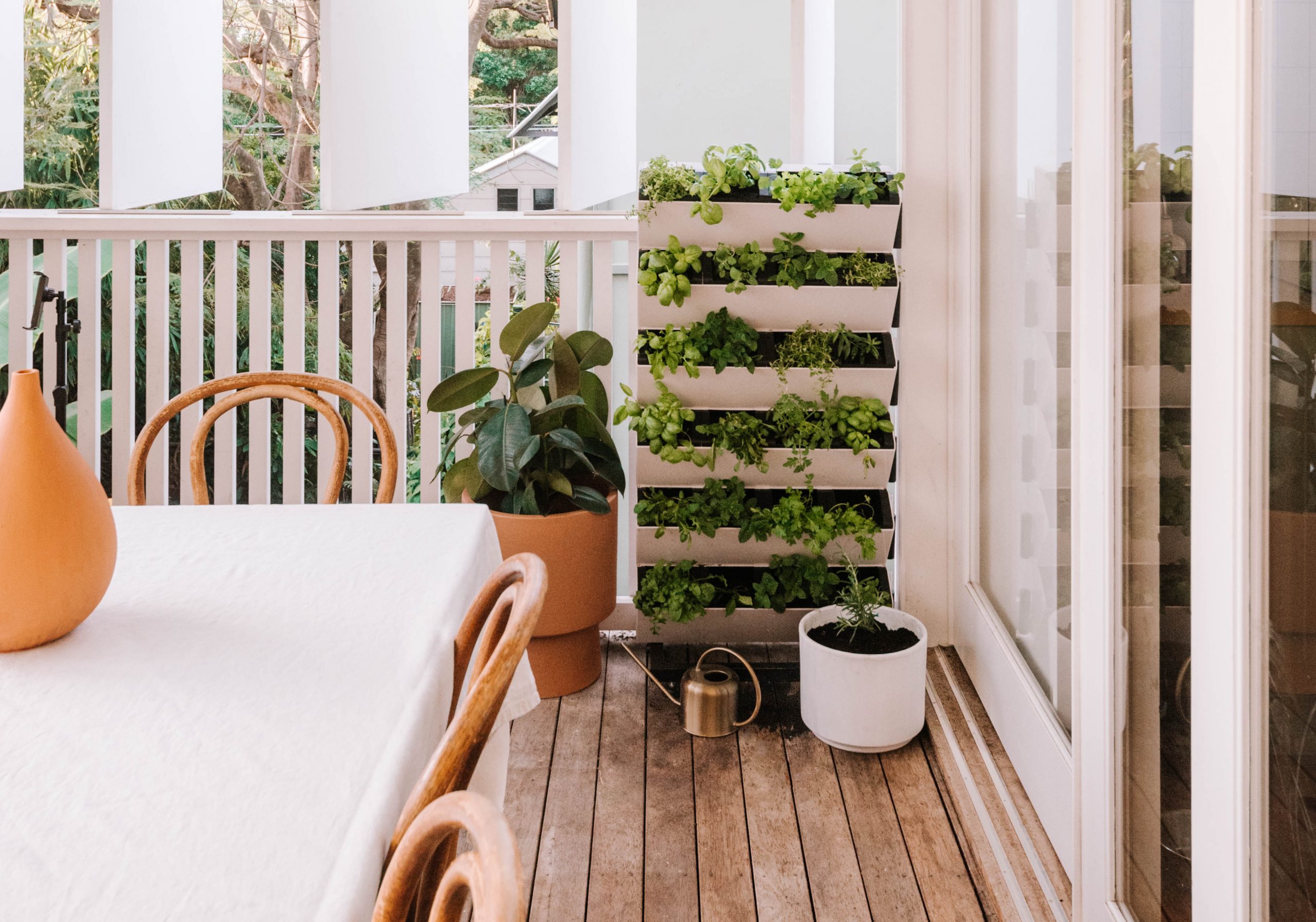
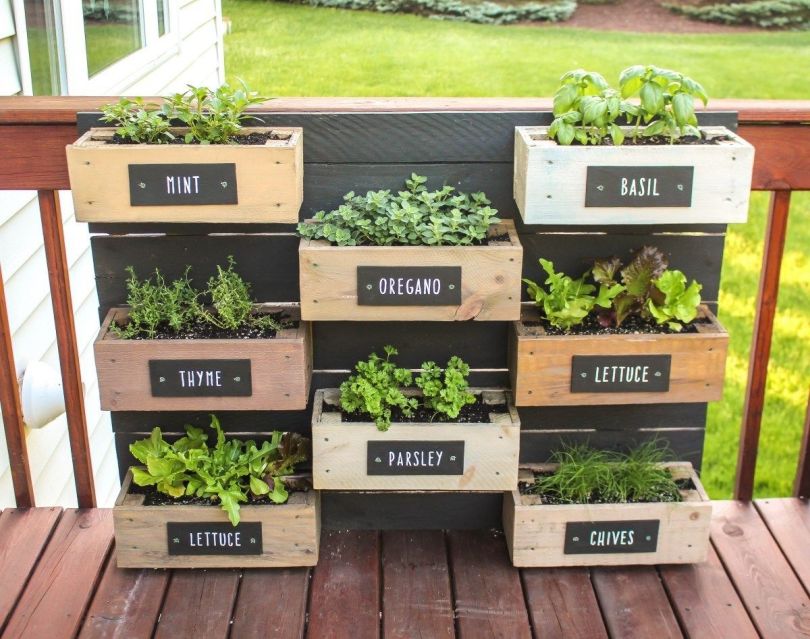
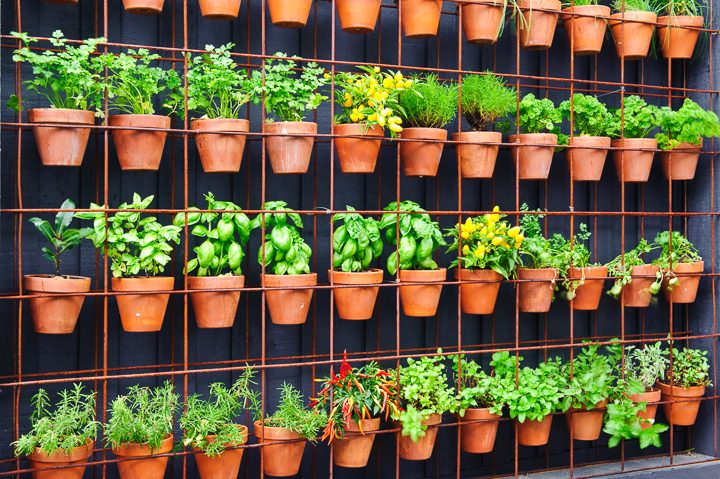










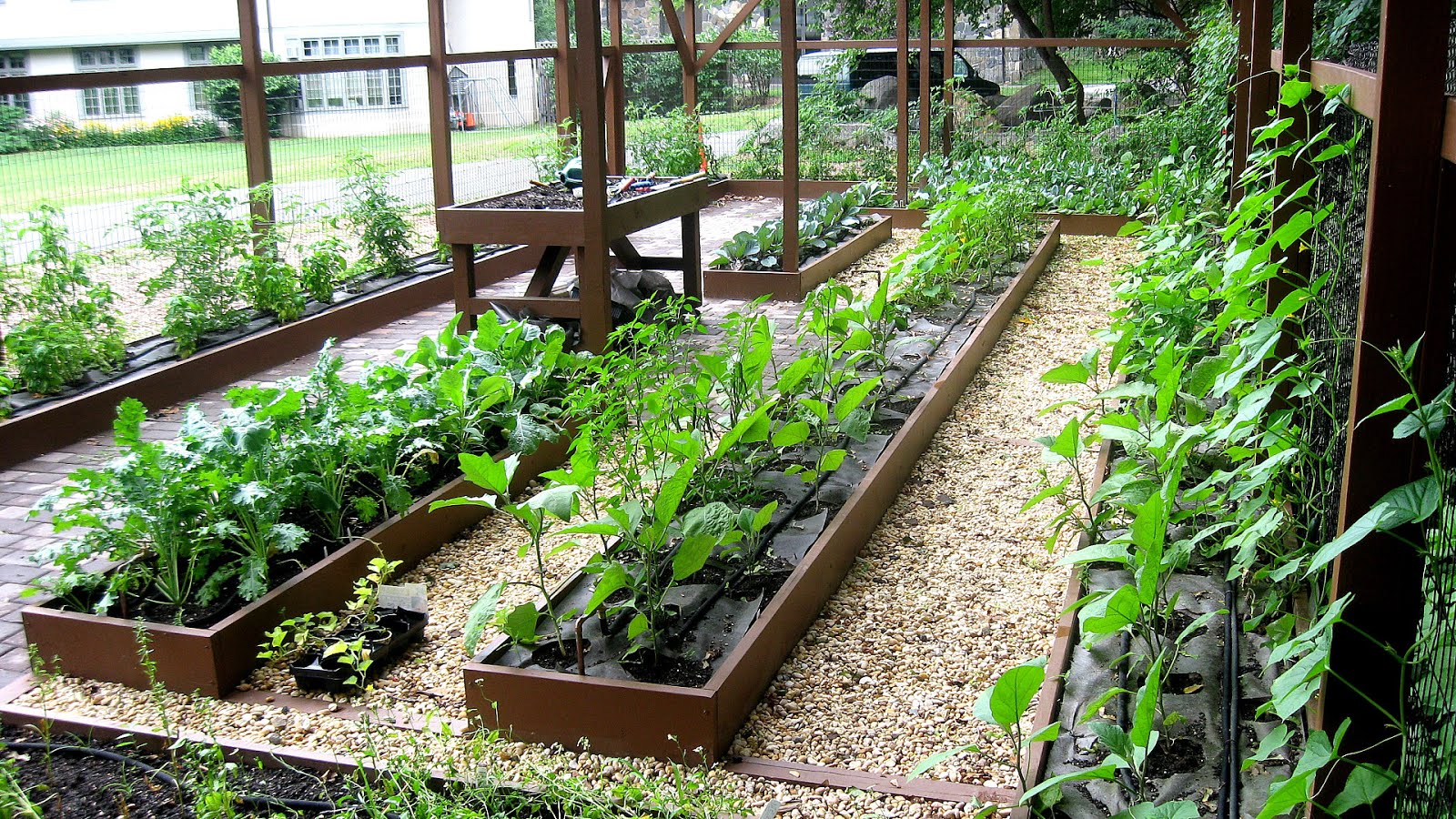


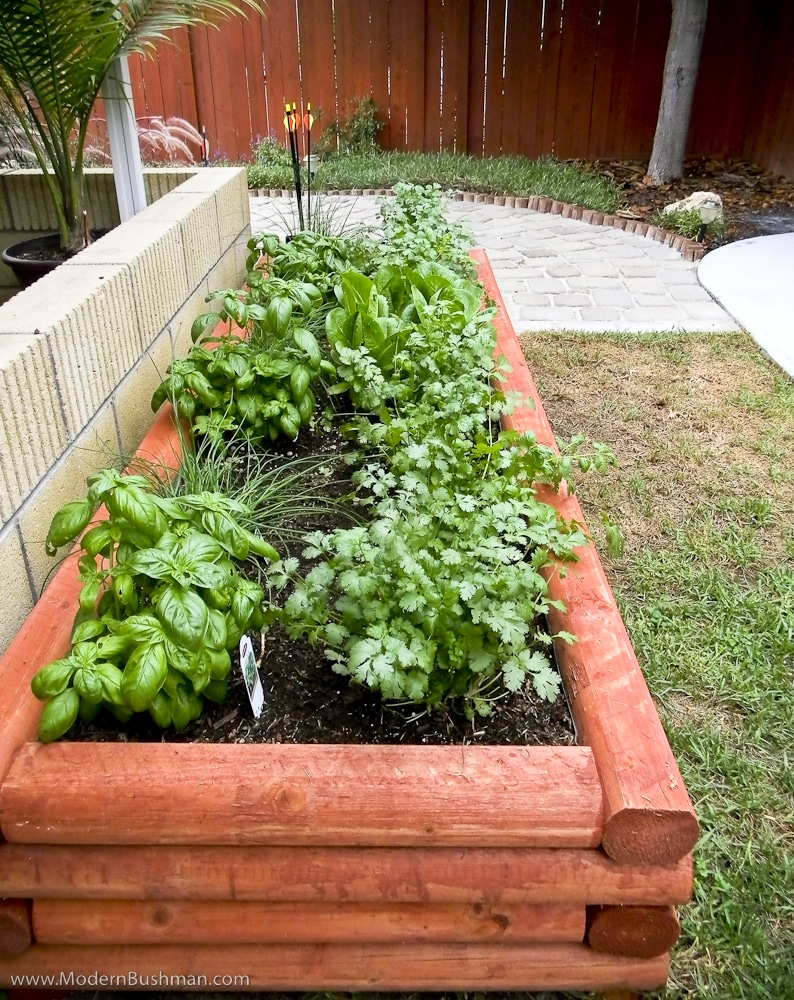







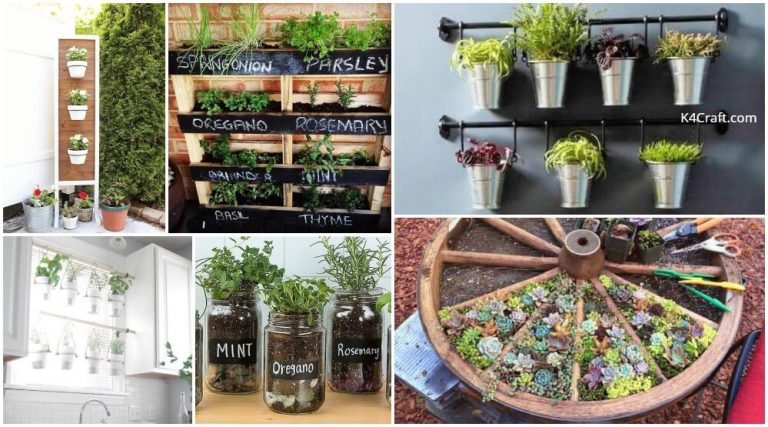



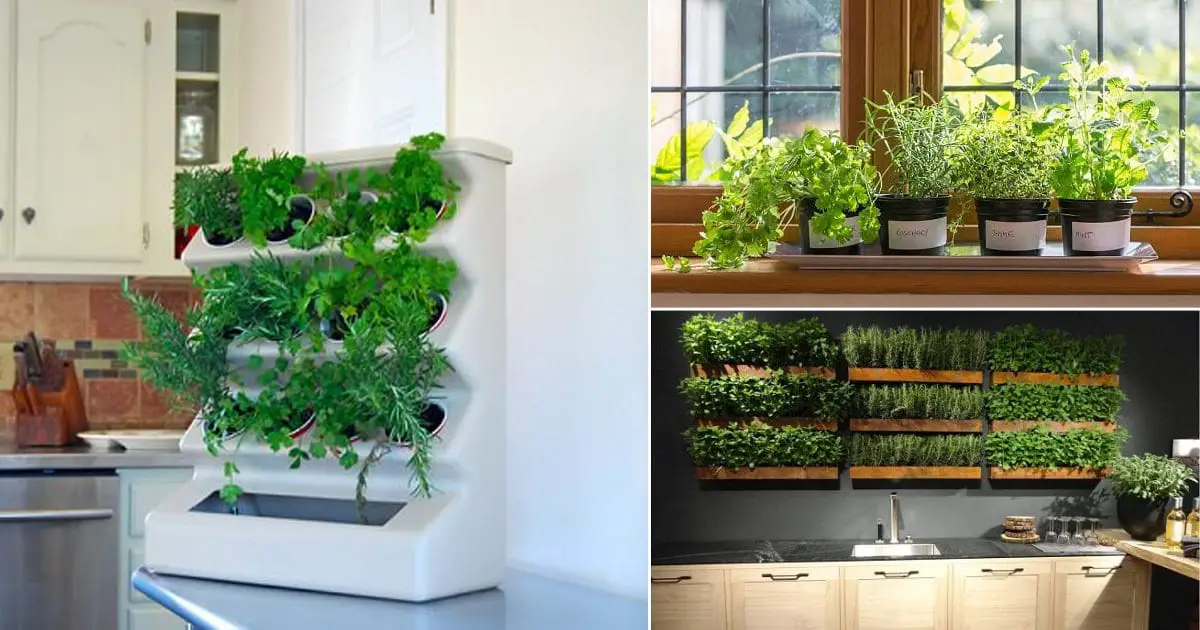





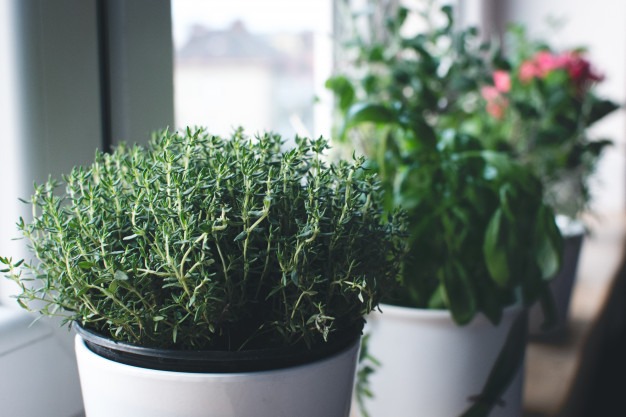













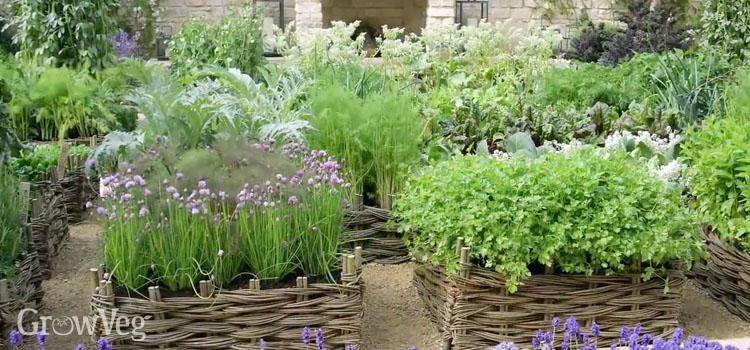

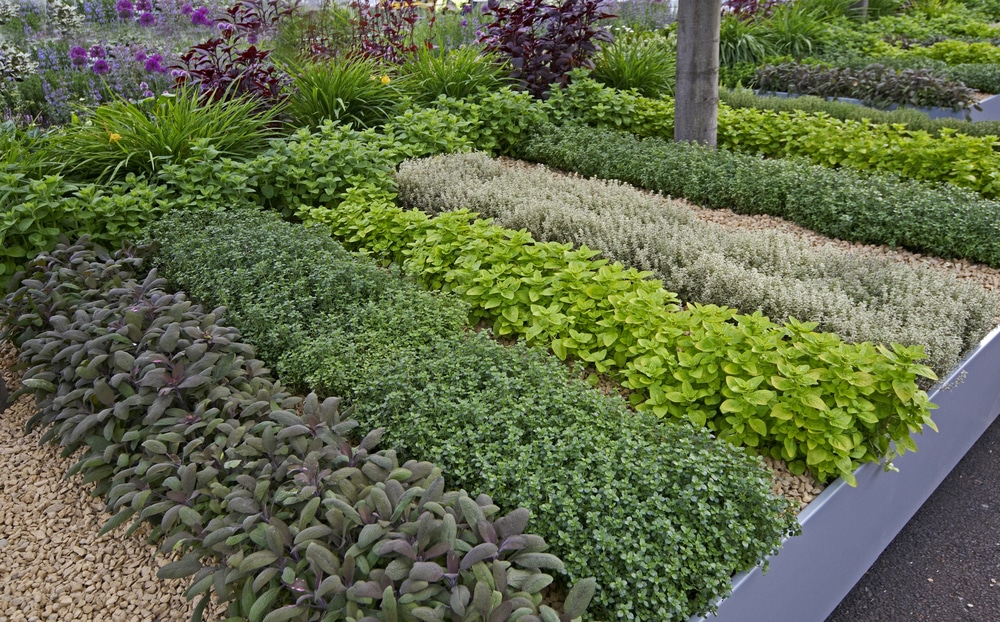




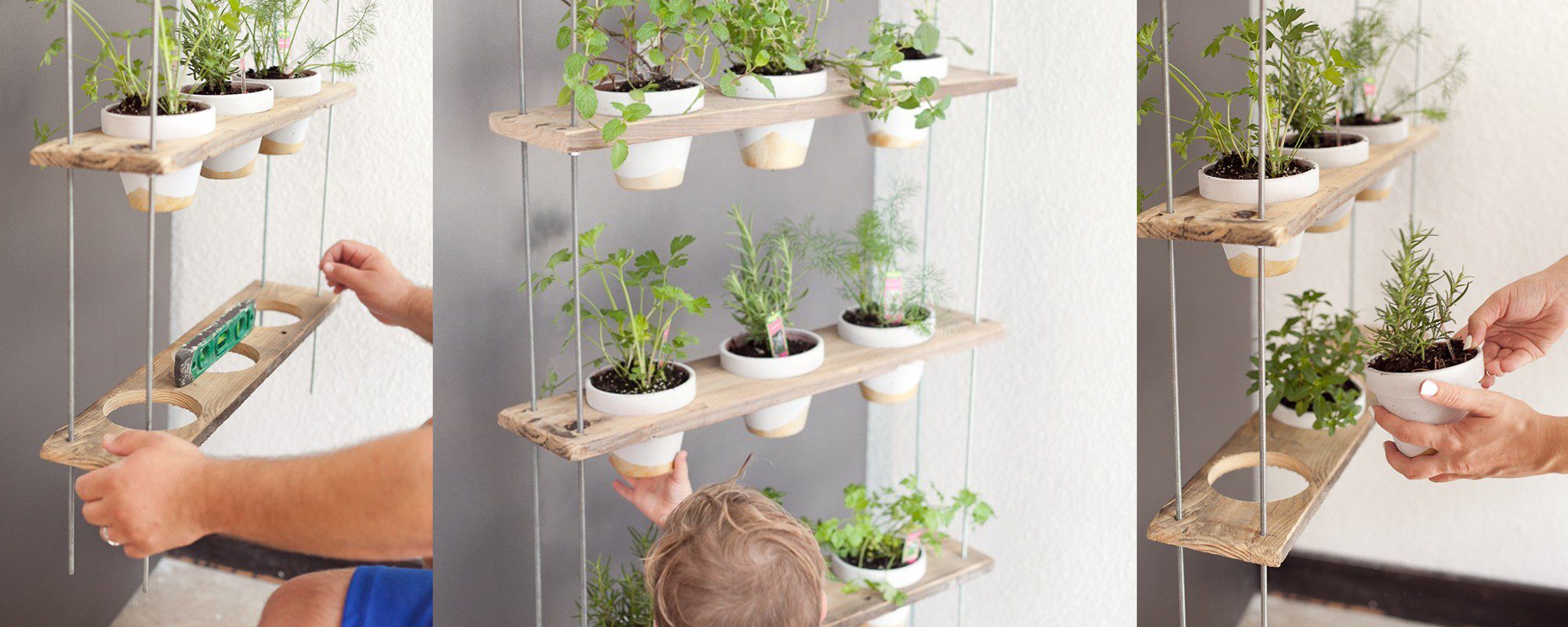
:max_bytes(150000):strip_icc()/HangingHerbGardenHorizontal-LittleHouseOnTheCorner-c2a251a73b9d43faa735f64ad6ce5802.jpg)




